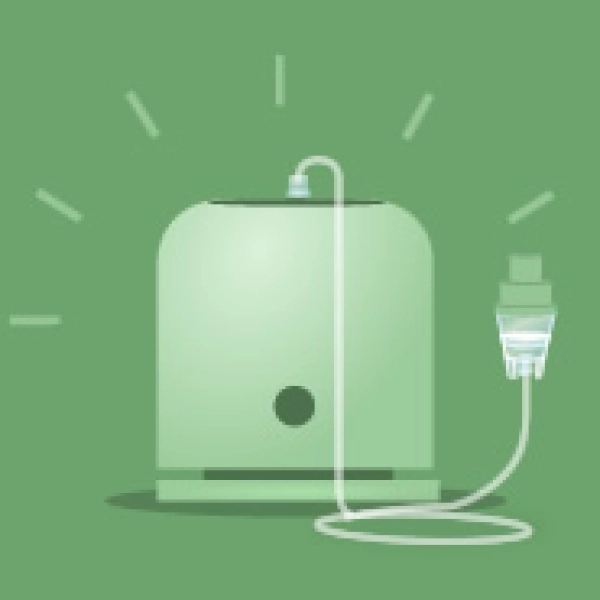

It's very simple: just turn on the pulse oximeter, and place your finger at the bottom of the clip so the device illuminates the middle of your nail. Then, wait for a few seconds for it to read your oxygen saturation levels and heart rate. To get a correct reading, the clip must neither be too tight - because it would block blood flow, and detect a different number of beats - nor too loose. Most people use the index or middle finger to measure oxygenation. Also, for correct measurements your hands should be at room temperature and not cold.
Reading a pulse oximeter's results is easy: standards have hugely simplified the interpretation of these crucial values. Blood oxygenation is within a normal range if the number you see on the display is above 95%. If it's below 90%, it can signal an episode of hypoxia, i.e. insufficient amounts of oxygen in the blood. If the value is below 80%, you might be facing severe hypoxia, which can lead to coma in the worst cases.
As we mentioned, a pulse oximeter detects both blood oxygenation and pulse, in terms of heartbeats per minute. Normal values are between 60 and 90/100. Readings above 100 are a sign of tachycardia, while those under 60 signal bradycardia. Tachycardia can be a symptom of an underlying condition, such as hypertension, and calls for a medical check-up.
Before using a pulse oximeter, a few basic rules should be followed in order to avoid altering the measurement. For example, it's important to remember to remove nail polish, avoid direct light on the probe, and stay as still as possible - just for the few seconds it takes. You should also always be in the same position for your measurements. A fever can alter blood oxygenation values, so taking an antipyretic before using the pulse oximeter is recommended. Finally, protect your device from sunlight to make sure it lasts for a long time.






